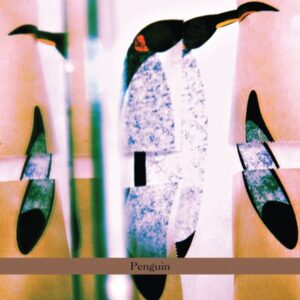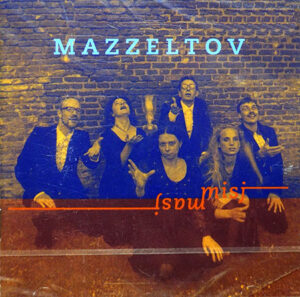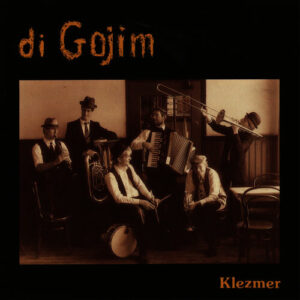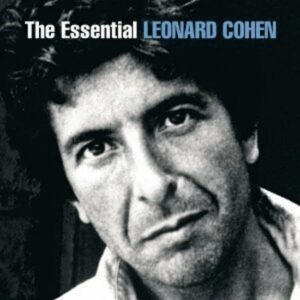Haggai Cohen-Milo | Giora Feidman | Mazzeltov | Di Gojim | Leonard Cohen.

1- Haggai Cohen-Milo.
The music makes it clear that at least as much innovation takes place within traditional Jewish music as, for example, in classical music or jazz. Innovation is in the blood of bassist Haggai Cohen-Milo, he grew up in Israel, but moved to New York in 2009. Both worlds collide on Cohen-Milo’s first album as bandleader.
>> CD. Penguin – Haggai Cohen-Milo.
LABEL: Tzadik (2015), code: TZ 8184. Video
 2- Giora Feidman.
2- Giora Feidman.
Although klezmer has always had its own genre-specific properties, it has also always been open to influences from other music. It is therefore not very strange that the well-known klezmer clarinetist Giora Feidman infuses his klezmer with tango influences. He was born in Buenos Aires, the capital of tango. On this album he plays pieces by the great tango composers such as Piazzolla and Gardel, but he also arranges classical (Satie) and Yiddish (Abe Ellstein) compositions. Giora Feidman proves that the tango’s European roots are not so far from its own Romanian-Jewish family tree.
>> CD. Tango klezmer – Giora Feidman.
LABEL: Koch (2002), code: 369272. Video
 3- Mazzeltov.
3- Mazzeltov.
Yiddish songs, Eastern European folk music, jazz and tango. The result is the album Mishmasj by Mazzeltov, a Dutch klezmer band, or rather: an existing klezmer band in a new line-up. Mazzeltov started as an ensemble to accompany the folk dance group Hinematov in 1984. Over the years, however, it developed into an independent group. In 1994, Mazzeltov started to make further progress with a new line-up. The musicians all come from the Dutch Conservatory circuit.
>> CD. Misjmasj – Mazzeltov.
LABEL: Syncoop (1998), code: 5758 CD 232. Video

4- Di Gojim.
The literal meaning of the Hebrew expression ‘di goyim’ is ‘the non-Jews’. An excellent name for a group of six Frisian young men who were not Jewish but loved klezmer. Di Gojim was founded in 1988 and was one of the first Dutch groups to delve into the long history of klezmer. The band does not limit itself to replaying songs from the nineteenth century, but gives them a contemporary and exciting twist. They set the lyrics to music by, among others, Isaak Babel, Herman Pieter de Boer and Ivo de Wijs.
>> CD. Klezmer – Di Gojim.
LABEL: Syncoop (1990), code: 5750 CD 111. Video
 5- Leonard Cohen.
5- Leonard Cohen.
He released this title in 1984. The song caused quite a bit of discussion when Cohen described what the song was about: it was inspired by the Holocaust. He hears how classical music is played in some camps while people suffer their fate. Leonard Cohen can easily compete with Bob Dylan and Paul Simon when it comes to pure poetic power. Yet, remarkably, he started out as a prose writer before becoming a singer/songwriter in the early 1960s. His songs are dark, but romantic, and are based on folk song structures. Towards the end of the 1970s he expanded his musical and lyrical palette and Cohen experienced a rebirth with the bitter songs and sparse electronic accompaniment of I’m Your Man. Cohen always remained a man who could not be pinned down by the spirit of the times. Whether it concerns the hippie period or the singer/songwriter explosion of the seventies, Cohen always had his own vision and therefore always remained credible. Anyone interested in serious twentieth-century songwriting will enjoy The Essential Leonard Cohen Collection.
>> CD. The essential Leonard Cohen – Leonard Cohen.
LABEL: 2002: Columbia Records 4979959 + Columbia Records 497995 2. Video
Thanks to: Producer: Cobie Ivens![]()









